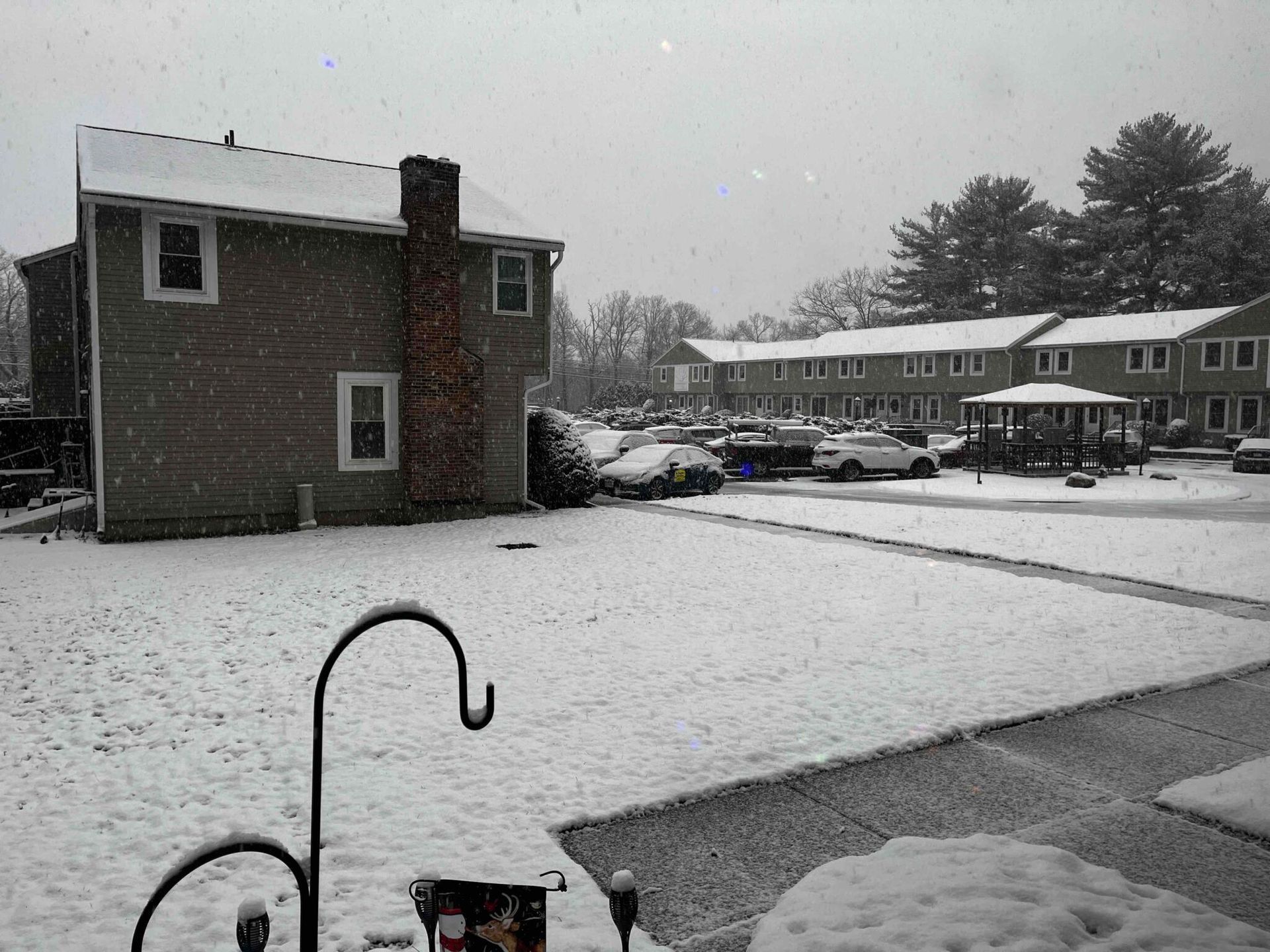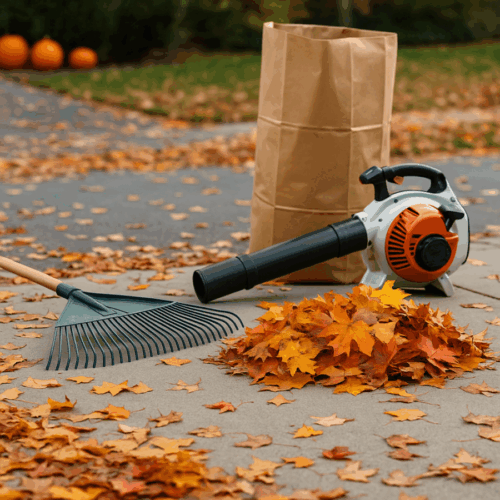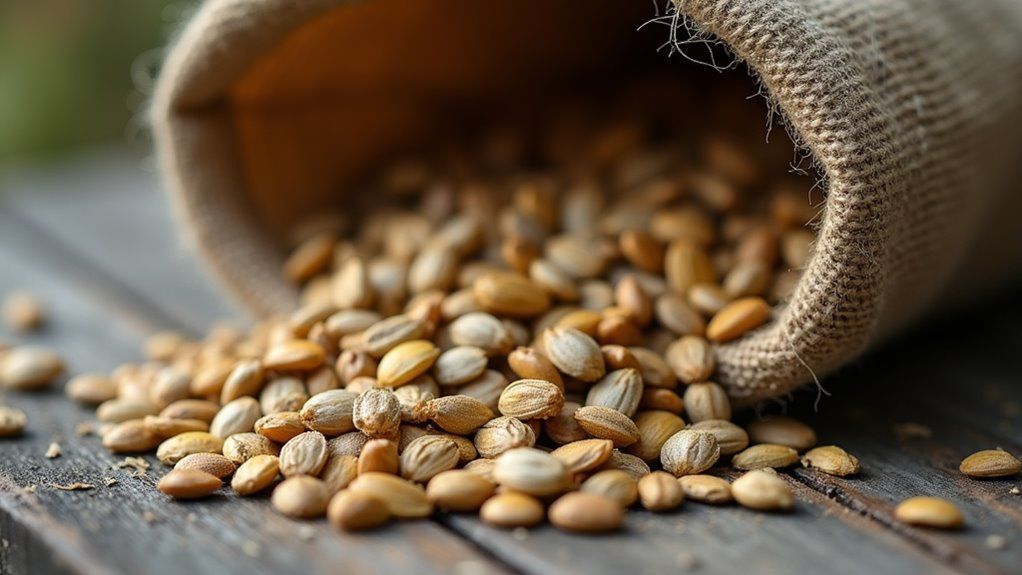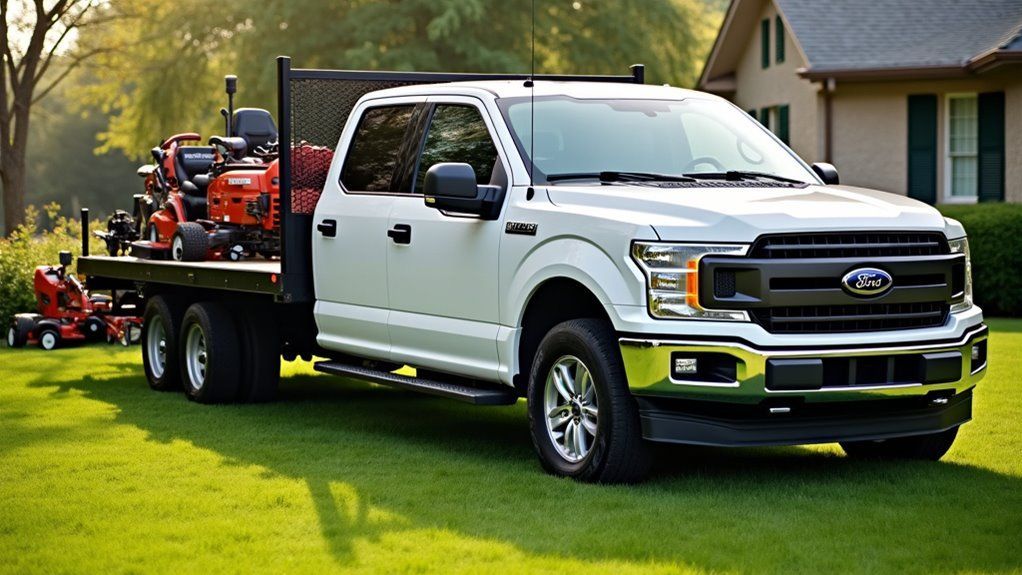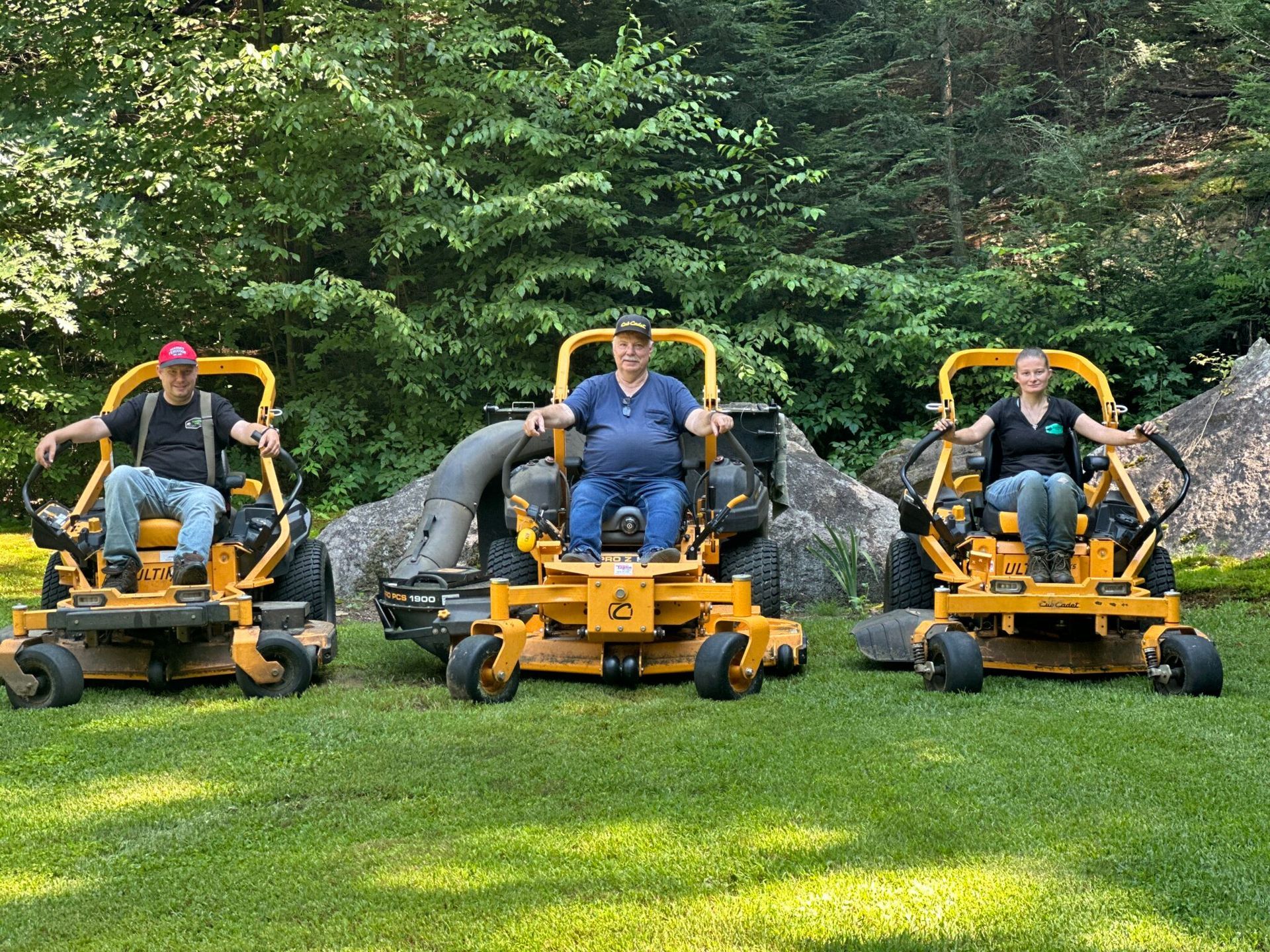Our Guide to Bush Trimming: Techniques, Tools, and Best Practices

Maintaining your property's appearance is always a top priority. In addition to regular mowing, mulching, and bagging services, bush trimming is a crucial element of maintaining a beautiful landscape. Not only does it ensure neatness, but it also contributes to the health and longevity of your plants.
Bush trimming is a vital aspect of landscape maintenance. It involves pruning back overgrown branches and foliage to promote the overall well-being of your plants. When done correctly, bush trimming can enhance the aesthetic appeal of your property and keep your plants healthy by aerating foliage and allowing sunlight to penetrate the inner leaves, encouraging new growth and preventing disease.
Understanding the needs of each plant species, selecting the appropriate tools, and adhering to proper timing can significantly impact the success of your bush trimming efforts. So, we aim to help you understand the ins and outs of bush trimming by providing detailed insights into technique, tools, and best practices for maintaining an attractive and healthy landscape.
Why Bush Trimming is Essential
One of the primary reasons to invest in proper bush trimming is to maintain the structure of your plants, thereby preventing safety hazards from overgrown branches or uneven growth. Not to mention, well-pruned bushes contribute to the overall curb appeal of your property while simplifying general maintenance tasks like mowing and mulching.
When trimming bushes, it is essential to use the right techniques and tools to achieve the best outcome. Some popular methods of bush trimming include:
1. The Formal Hedge: To achieve a uniform, symmetrical shape, the plants are trimmed either with shears or an electric hedge trimmer.
2. The Natural Hedge: To encourage a wilder, informal look, the plants are selectively pruned using hand shears or loppers.
3. The Topiary: Skilled pruning is applied to create intricate shapes and designs.
Understanding the needs of each plant species, selecting the appropriate tools, and adhering to proper timing can significantly impact the success of your bush trimming efforts. This guide aims to help you understand the ins and outs of bush trimming by providing detailed insights into technique, tools, and best practices for maintaining an attractive and healthy landscape.
Techniques and Tools for Perfect Bush Trimming
Knowing the various trimming techniques and having the proper tools can make a world of difference when it comes to giving your bushes a well-maintained appearance. Here are some tips on choosing the right tools and applying specific techniques.
1. Hand Shears – Ideal for smaller, precise cuts and perfect for detail work or fine-tuning a plant’s shape. They offer greater control and precision but may be unsuitable for large-scale projects or dense foliage.
2. Loppers – These are like giant shears and provide greater leverage to cut through thicker branches. They are perfect for trimming larger bushes or those with dense foliage. Loppers come in several varieties, so select one based on your specific needs.
3. Hedge Trimmers – Ideal for large-scale projects and creating a uniform look, these electric or gas-powered machines quickly and efficiently cut through vegetation. Ensure that the size and power of the trimmer align with the requirements of your bushes.
4. Pruning Saws – When working with thicker branches or larger bushes that require more aggressive cutting, pruning saws are an excellent tool to have in your arsenal.
Selecting the Right Time for Bush Trimming
Timing is crucial when it comes to bush trimming for optimal growth and health. Some general rules for trimming bushes include:
1. Deciduous Shrubs –These should be pruned during their dormant season, typically in late winter or early spring.
2. Evergreens – Trim new growth in late spring or early summer. Some evergreens may require additional touch-up pruning throughout the year.
3. Flowering Shrubs –For shrubs that flower on new growth, prune them in late winter or early spring. For those that bloom on old wood, wait until shortly after their blooming period has ended to trim.
4. Hedge Trimming –Most hedges benefit from trimming at least twice a year, once in the spring and again in late summer or fall.
Safety Precautions and Tips
As you embark on your bush trimming journey, remember that safety should always be a top priority. Follow these guidelines to ensure you stay safe while pruning and shaping your bushes:
1. Wear Protective Gear – Always protect your eyes, hands, and legs when trimming bushes. Wear gloves, safety goggles, and long pants to avoid injuries from flying debris.
2. Inspect for Insects and Birds –Be aware of any insect infestations or bird nests before you start trimming. Be respectful of the wildlife and postpone your trimming efforts if necessary.
3. Keep a Steady Stance –Maintain balance while trimming and never overreach. Use a stable ladder or long-reach trimmer where necessary.
4. Maintain Your Tools – Properly maintain your trimming tools by keeping them clean, sharpened, and lubricated.
Transform Your Yard: Mastering the Art of Bush Trimming
Bush trimming can have a remarkable impact on your property’s appearance and the health of your plants. By understanding the various techniques, tools, and best practices, you’ll be well-equipped to maintain a beautifully curated outdoor space. So, embrace the art of bush trimming and enhance the curb appeal of your property.
Transform the appearance of your outdoor living space today by refining your bush trimming skills and techniques. Keep following our blog to access more valuable content on landscaping and maintenance. To give your residential or commercial property a beautiful lift with professional bush trimming in Montgomery, MA, reach out to
Trimming Edge today!
